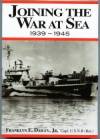
-------
.
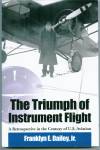
Read The Triumph of Instrument Flight
- Navy Aerial Reconnaissance
- Warships at Morocco-1942
- Aircraft Carriers for Torch
- Battle for Morocco
- Bridging World Wars
- Supply and Support
- Husky, Palermo, Messina
- Bloody Salerno
- Luftwaffe Standoff Weapons
- Aircraft of World War II-"friendlies"
- Long "slog" at Anzio
- USS West Point AP23 War Cruise-part 1
- USS West Point AP23 War Cruise-part 2
- Singapore, Fateful Stop on "Joan's Journey"
- Update West Point
- Part I, Briggs on Casablanca, Sicily
- Part II, Briggs on Anzio
Operation Torch: TF 34 Commander in USS Augusta led U.S. Forces in North Africa Invasion
Copyright 2013
Ships and Aircraft of World War II(many photos from U.S. Navy WW 2 Recognition Training Slide Set)
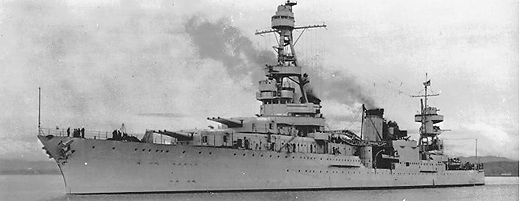
USS Augusta CA-31
The heavy cruiser, USS Augusta, with Commander Task Force 34, Rear Admiral H. Kent Hewitt, aboard, led U.S. naval forces assigned to make three expeditionary force landings on the Atlantic coast of French Morocco. The code name was TORCH. D-day was November 8, 1942. With its 35,000 U.S. Army troops commanded by Major General George Patton, Task Force 34 was the Western Naval Task Force element of TORCH.(The key metric in WW II for "heavy" cruisers was their eight-inch guns.)
For calendar perspective, U.S. Marines landed on Guadalcanal on August 15, 1942. Guadalcanal was the beginning of the long trek back in the Pacific, and TORCH was the comparable action in the Atlantic/Mediterranean war.
TORCH forces destined for the Moroccan invasion departed in late October 1942, from the U.S. Navy's main eastern sea base at Hampton Roads, Norfolk Virginia, from Casco Bay in Maine, and from other eastern U.S. ports, and would be joined at sea by forces deployed earlier to Bermuda. When assembled in the Atlantic, the forces at sea included three battleships, headed by the USS Massachusetts, five aircraft carriers headed by USS Ranger, light and heavy cruisers, destroyers, attack transports, cargo transports, oilers, and even submarines.
Task Force 34 conveyed 35,000 troops and 250 tanks in a heavily defended convoy. Typical of the ships in convoy was the USS Joseph Hewes, the former passenger liner SS Excalibur, redesignated APA-50 by the U.S. Navy. Eighty officers and 1074 men of the U.S. Army 3rd Division were combat loaded in APA-50 prior to her October 24, 1942 departure. Combat loading on an APA class vessel meant that the ship went to sea with its own landing craft that would be placed in the water after the transport dropped anchor. For Joseph Hewes, part of the center landing group in the Western Naval Task Force, the anchorage was in Fedhala Roads. Aboard landing craft when Hewes' boats hit the water were combat ready troops poised to shortly hit one of several beaches just east of Casablanca, with the mission to establish a beachhead and then move west to take the target port of Casablanca.
The northern group for Task Force 34 would land at Rabat, about 50 miles northeast of Casablanca. Objective was the airfield at Port Lyautey. The southern group would land at Safi, about 150 miles southwest of Casablanca. Task Force 34's tank force would go ashore at Safi once that harbor was in U.S. hands. The tanks would then head for Casablanca. See chart below.

The Western Naval Task Force, Task Force 34, was tasked to land at simultaneously at Safi, Casablanca, and Mehedia in French Morocco, shown along the lower left Atlantic Ocean coastline. Safi is at the lower left below Casablanca.
'Above the fold,' in this case our dotted line below the next paragraph, some material taken from the book, "Joining the War at Sea 1939-1945."
'Below the fold' are photos from the U.S. Navy WWII Recognition Slide Training Set, the source of daily training for sailors and officers alike, to recognize accurately what ship or aircraft they might see in the distance, and not be surprised, and be enabled to accurately announce identity to shipmates and other ships in company.
-------------------------------------------------------------------------------------------------------------------------------------
In an earlier page in this folder, we met the SBD, the Douglas built Navy divebomber. Here, some other Navy carrier aircraft in service in World War II.
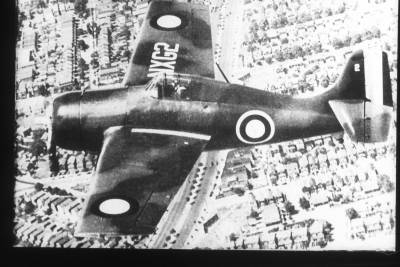
The U.S. Navy carrier based F4F Wildcat, in British RAF markings. This was the standard fighter aboard Navy carriers at the outset of WW II. It proved not to be a match for the Japanese Zero notwithstanding the fact that some Navy 'aces' made it work.
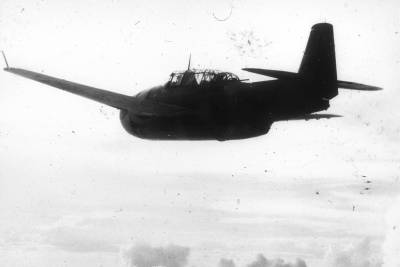
The U.S. Navy's TBF carrier-based torpedo bomber; This plane flew in the Battle of Midway.
Another version, the TBM, built to Grumman specs, was manufactured by General Motors during the war. The TBM is covered in the story of loss of Flight 19, five TBMs out of NAS Fort Lauderdale on Dec. 5, 1945. I was out on the overwater search for the missing planes on Dec. 6, and 7, 1945 and have wrriten about that on another page in the 'flying' folder of this website. Make an inquiry to me and I will point the inquirer to that page.
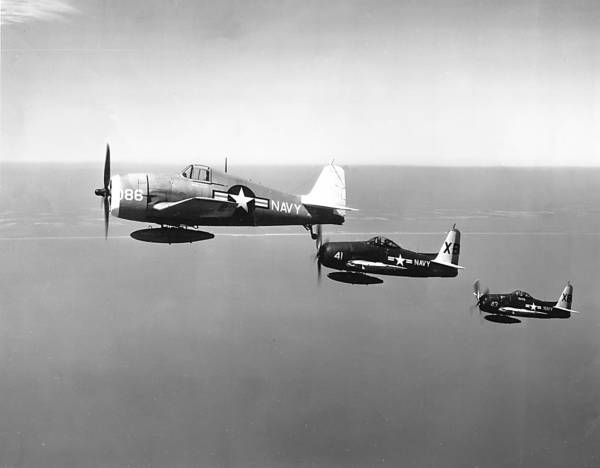
A Navy F6F-5K (drone configuration of the famous Navy Hellcat) is being 'chased' (controlled) by two F8F Bearcats during a mission to test the Terrier Missile off the Atlantic Coast in 1952. I am the pilot in the closer F8F controlling the drone. I was designated "Chase One" for this mission.
The Hellcat was the successor to the F4F Wildcat, and was the U.S. Navy's fighter mainstay in World War II in the battles for regaiining the Pacific island chains. (Victory at Sea had some wonderful action shots.) The F8F Bearcat came along when the Japanese Kamikaze pilots began exacting a toll of our ships. Grumman destabilized its plane (the F6F could be flown by your grandmother) and privided it with four bladed props with water injected R-2800 engines, to become the fastest plane in the world to get to 10,000 feet.